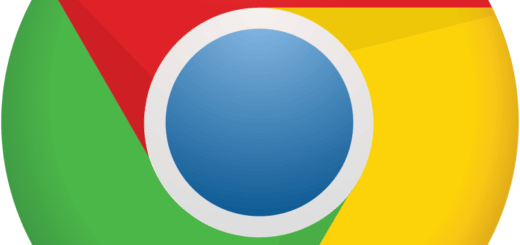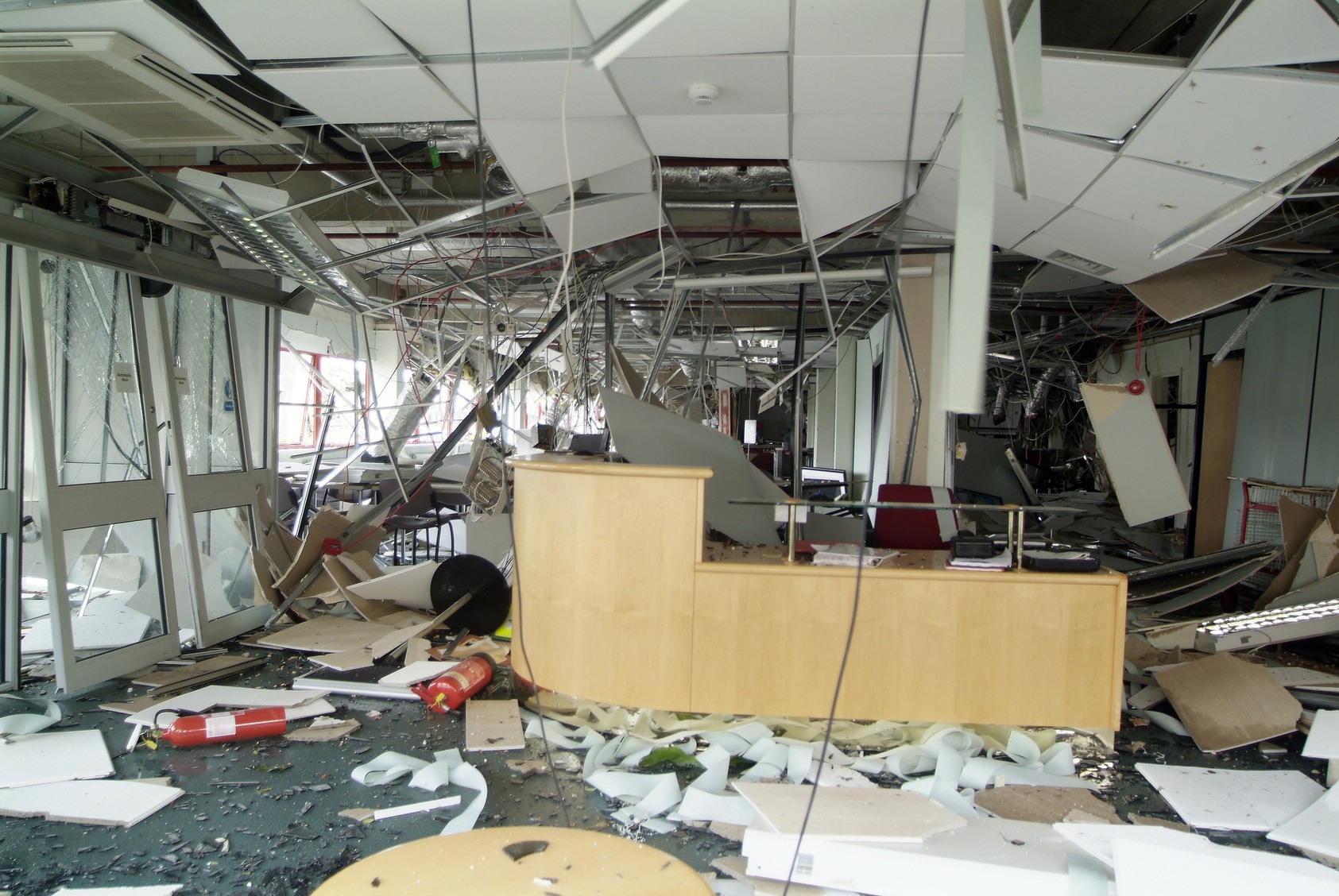The Power of Computers in Healthcare

Computers have emerged as indispensable tools in the healthcare industry, revolutionizing various aspects of patient care. These technological advancements have transformed healthcare processes by improving efficiency, accuracy, and patient outcomes.
From digital storage of medical records to telemedicine software facilitating remote consultations, computers have enhanced the delivery of healthcare services. Furthermore, computer applications aid in disease diagnosis, image analysis, and surgical planning, while medical equipment management software streamlines coordination and communication within medical facilities.
This article explores the profound impact of computers in healthcare, highlighting their role in enhancing patient care.
Improved Efficiency and Accuracy in Healthcare Processes
Improved efficiency and accuracy in healthcare processes is achieved through computers. They streamline coordination, automate tasks, and provide up-to-date information for informed decision-making.
Computers are vital in optimizing healthcare workflows, enabling healthcare professionals to access and manage patient information efficiently. This helps in reducing errors and improving the overall quality of patient care.
Additionally, computers enhance data security, protecting patient information against unauthorized access and breaches.
With computer systems, healthcare providers can automate administrative tasks such as medical billing and insurance claims, saving time and reducing the risk of errors.
Moreover, computers enable real-time communication and collaboration among healthcare professionals, facilitating efficient coordination and decision-making.
Integrating computers in healthcare processes significantly improves efficiency, accuracy, and data security while optimizing workflows.
Enhancing Diagnosis and Treatment Through Computer Technology
Integrating advanced computer technology in the healthcare sector facilitates the accuracy and effectiveness of diagnosis and treatment. Computer-assisted diagnostics and virtual reality therapy are two key areas where computer technology has dramatically impacted healthcare.
- Computer-assisted diagnostics utilize software that compares symptoms to a database of known diseases, aiding in accurately identifying and diagnosing illnesses.
- Virtual reality therapy utilizes computer-generated environments to simulate real-world scenarios for therapeutic purposes, providing patients with immersive and interactive experiences that can enhance their treatment outcomes.
- These technologies help healthcare professionals make more informed decisions by providing access to up-to-date information and recommendations for specific courses of action.
- By incorporating computer technology into diagnosis and treatment processes, healthcare professionals can improve patient care, ensure safety, and enhance overall outcomes.
Streamlining Medical Equipment Management for Better Patient Care
Streamlining medical equipment management through software systems improves coordination and communication and ultimately enhances patient care in medical facilities.
By automating inventory tracking, medical equipment management software ensures that the right equipment is available when needed, reducing delays in patient care.
Additionally, the software optimizes equipment maintenance by providing automatic reminders for maintenance tasks, preventing equipment failures, and ensuring equipment is in optimal condition for patient use.
The software also allows for efficient tracking of equipment location, reducing time spent searching for equipment and improving overall workflow.
By streamlining medical equipment management, healthcare facilities can allocate resources effectively, minimize downtime, and improve patient safety and satisfaction.
Furthermore, the software provides valuable data for analysis, enabling healthcare professionals to make informed decisions regarding equipment usage, replacement, and budgeting.
Revolutionizing Healthcare With Telemedicine Software
Revolutionizing the field of medicine, telemedicine software facilitates remote consultations and procedures, enabling healthcare professionals to provide care to patients through video conferencing and secure messaging. This advancement in technology has numerous benefits for both patients and healthcare providers.
- Telemedicine allows remote patient monitoring, enabling healthcare professionals to monitor patients in intensive care units or post-operative recovery wards without being physically present. This reduces the need for frequent hospital visits and improves patient convenience.
- By reducing wait times, telemedicine improves patient satisfaction. Patients no longer have to endure long waits for appointments or travel long distances to access specialized care.
- Telemedicine software facilitates collaboration between medical professionals from different fields, allowing for a multidisciplinary approach to patient care. This enhances the quality of care and ensures patients receive the best possible treatment.
- The user-friendly nature of telemedicine software and its low maintenance requirements make it a cost-effective solution for healthcare providers. It saves travel, infrastructure, and staffing costs while still delivering high-quality care to patients.
Empowering Healthcare Professionals With Computer-Assisted Decision-Making
Facilitating computer-assisted decision-making in medicine empowers healthcare professionals to make more accurate and efficient clinical decisions. Computer algorithms in medical research play a crucial role in this process by analyzing vast amounts of data and identifying patterns that may not be immediately apparent to human clinicians.
These algorithms utilize advanced artificial intelligence (AI) techniques to extract meaningful insights from complex medical datasets. AI-driven healthcare systems leverage these algorithms to assist healthcare professionals in diagnosing diseases, developing treatment plans, and predicting patient outcomes.
Frequently Asked Questions
How Do Computers Improve Efficiency and Accuracy in Healthcare Processes?
Computers improve efficiency and accuracy in healthcare processes by enhancing documentation and reducing medication errors. They streamline medical record-keeping, facilitate drug ordering and tracking, and provide decision-support systems for informed clinical decisions.
What Are Some Examples of Computer Technology Enhancing Diagnosis and Treatment in Healthcare?
Computerized patient records enable quick access to health information, streamline medical billing and drug tracking, aid research, and assist in surgical planning. Artificial intelligence aids in disease diagnosis and image analysis for accurate treatment.
How Does Streamlining Medical Equipment Management Contribute to Better Patient Care?
Streamlining medical equipment management improves patient care by enhancing patient safety and optimizing inventory. It enables easy access to patient files and tracking of medical devices, while automatic reminders ensure timely checks and wound care.
How Does Telemedicine Software Revolutionize Healthcare?
Telemedicine software revolutionizes healthcare by enabling telemedicine accessibility and remote patient monitoring. It facilitates remote consultations, reduces wait times, and improves patient satisfaction. It allows for monitoring patients in intensive care units and post-operative recovery wards.
How Do Computers Empower Healthcare Professionals With Computer-Assisted Decision-Making?
Computers empower healthcare professionals with computer-assisted decision-making by enabling efficient procedures and surgeries, managing day-to-day operations, providing up-to-date information, and offering recommendations for specific courses of action through computerized decision-support systems. The role of AI in healthcare is crucial in these processes.








Recent Comments